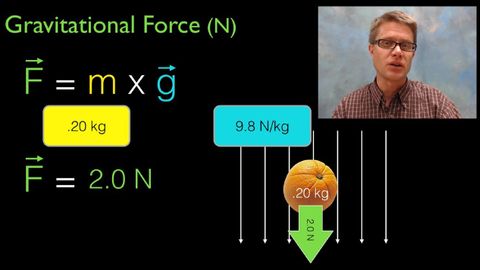
Subtitles & vocabulary
Gravitational Force
00
林裕庭 posted on 2014/10/04Save
Video vocabulary
scale
US /skel/
・
UK /skeɪl/
- Noun (Countable/Uncountable)
- Size, level, or amount when compared
- Small hard plates that cover the body of fish
- Verb (Transitive/Intransitive)
- To change the size of but keep the proportions
- To climb something large (e.g. a mountain)
A2TOEIC
More fall
US /fɔl/
・
UK /fɔ:l/
- Noun
- Season after summer and before winter; Autumn
- A drop in amount; decrease
- Intransitive Verb
- To drop in amount; to decrease
- To come down from a higher position suddenly
A1
More force
US /fɔrs, fors/
・
UK /fɔ:s/
- Noun
- Group of persons trained for military action; army
- Pressure; attraction
- Transitive Verb
- To use physical strength or violence to persuade
- To break open (something) using force.
A1
More strength
US /strɛŋkθ, strɛŋθ, strɛnθ/
・
UK /streŋθ/
- Noun (Countable/Uncountable)
- Condition of being strong
- The quality or state of being physically strong.
A2TOEIC
More Use Energy
Unlock All Vocabulary
Unlock pronunciation, explanations, and filters
